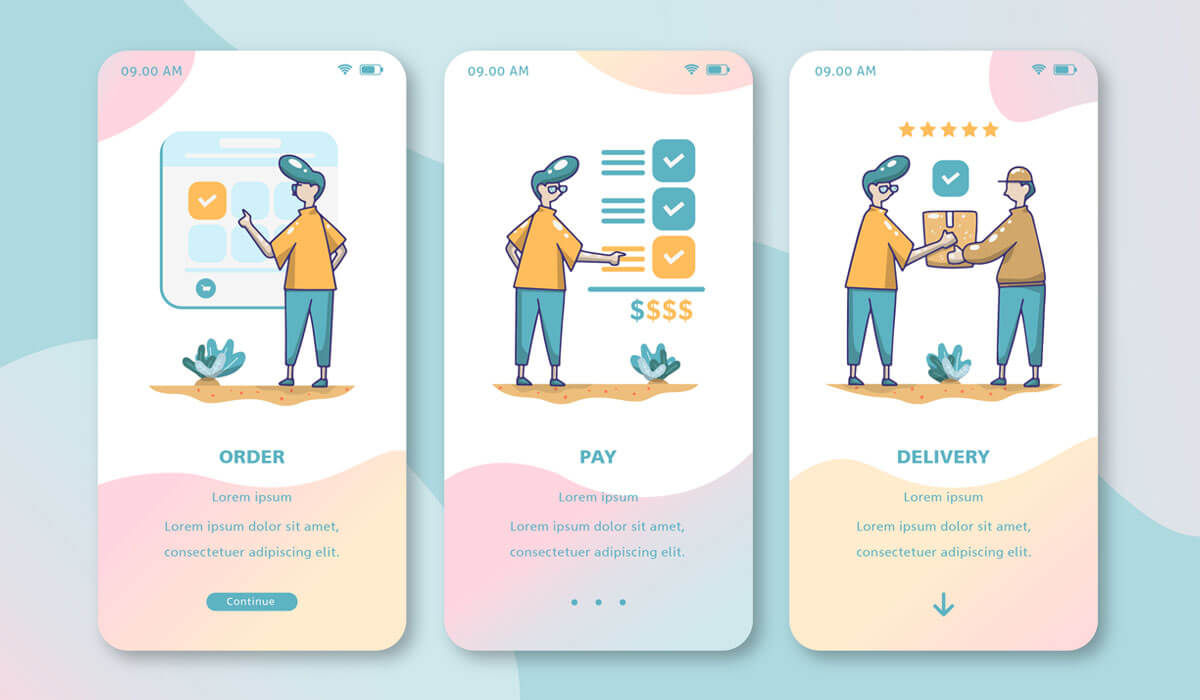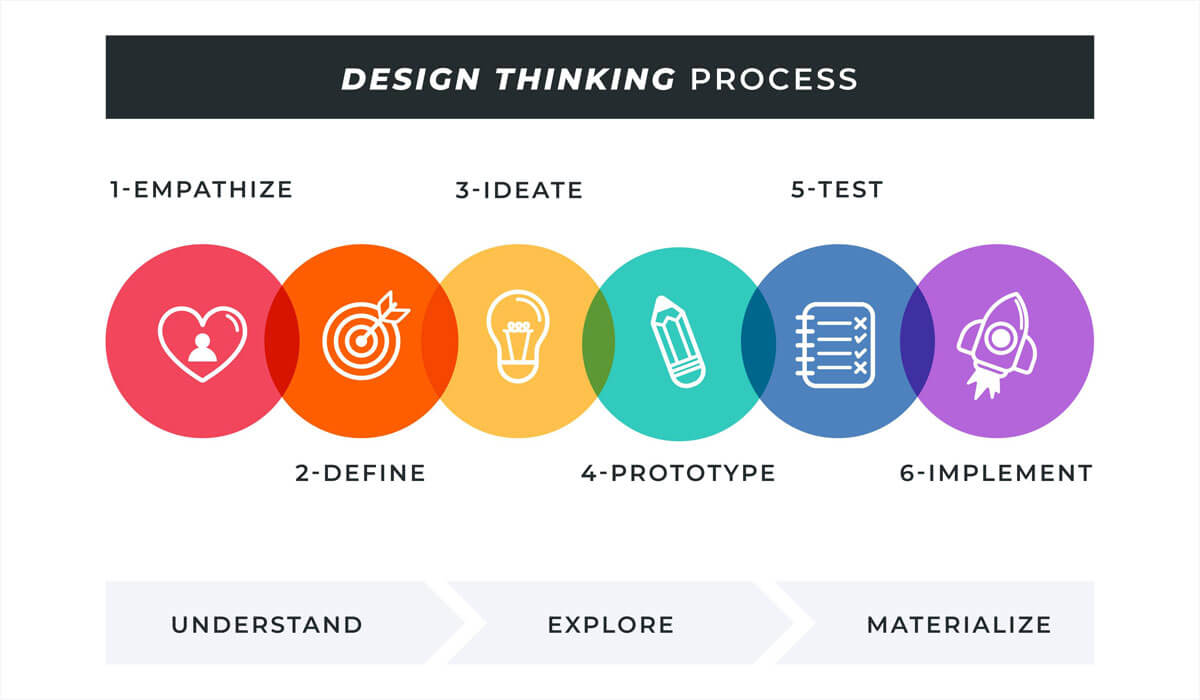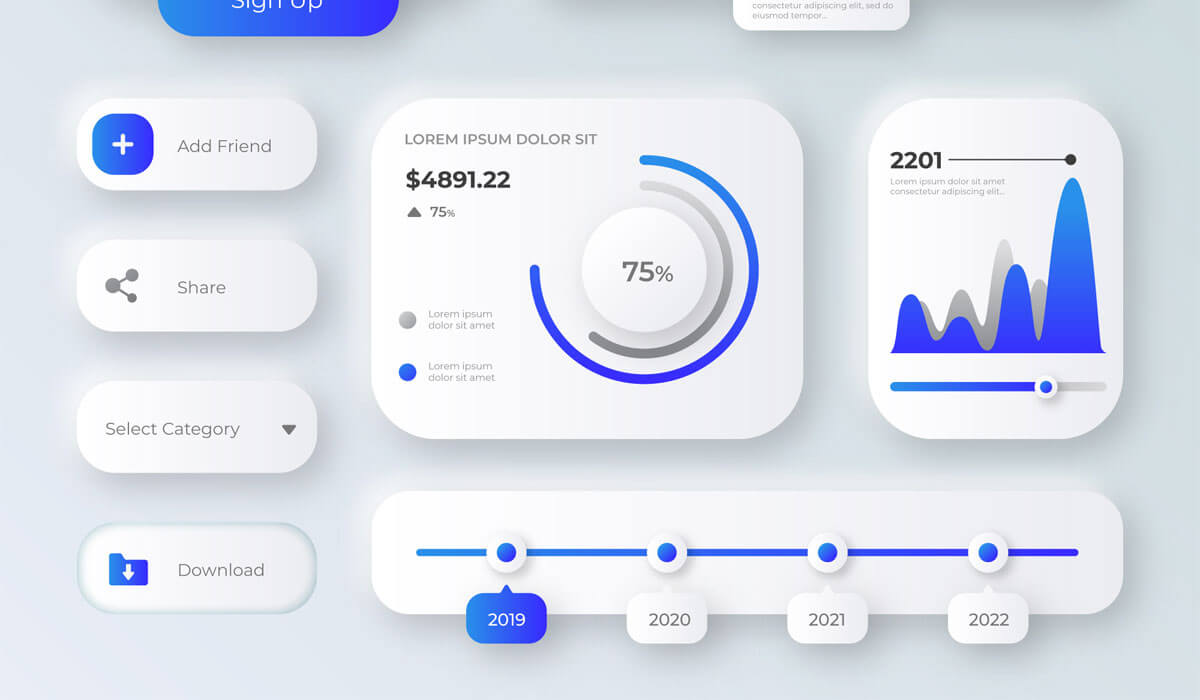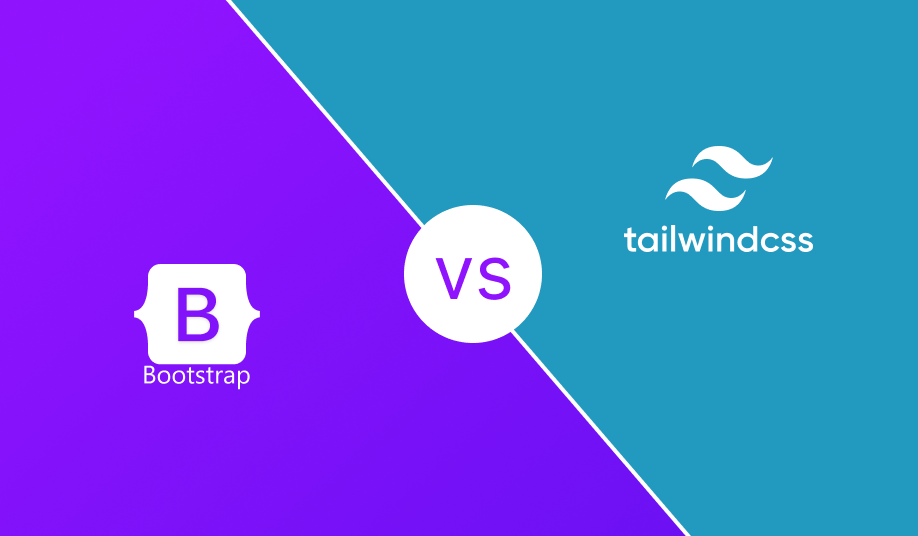Best Hybrid Mobile App Development Frameworks of 2023
Verified
_(1).png)
There were several popular frameworks for building hybrid mobile apps. Keep in mind that the popularity of frameworks can change over time. Here are some of the top hybrid mobile app development frameworks that were widely used in 2023:
Top Hybrid Mobile App Development Frameworks in 2023
- React Native
- Flutter
- Ionic
- Xamarin
- NativeScript
- PhoneGap
- Framework7
- Sencha Touch
- Corona SDK
- Onsen UI
Now, it is time to explore the top 10 frameworks.
1. React Native
React Native is an open-source mobile app development framework created by Facebook. It empowers developers to build native-like mobile applications for both iOS and Android platforms using JavaScript and the React library. With React Native, developers can create highly performant and visually appealing apps while sharing a significant portion of the codebase between platforms, thereby reducing development time and costs. It offers hot reloading for rapid development, access to native device features through modules and plugins, and a thriving ecosystem of community-contributed packages. This framework has gained popularity for its ability to deliver cross-platform mobile apps with a native look and feel.
2. Flutter
Flutter, developed by Google, is a powerful open-source UI software development toolkit for creating natively compiled applications across platforms. It uses the Dart programming language and offers a wide array of customizable widgets for building stunning, responsive, and fast mobile, web, and desktop apps from a single codebase. Flutter's hot reload feature enables developers to experiment and iterate quickly, improving productivity. It provides access to native device capabilities and has a rich ecosystem of packages and plugins. With its emphasis on design consistency and performance, Flutter has gained popularity for efficiently producing visually appealing cross-platform apps that offer a native-like user experience on iOS, Android, and beyond.
3. Ionic
Ionic is an open-source framework used for developing hybrid mobile applications. It combines web technologies like HTML, CSS, and JavaScript to create cross-platform apps that work on iOS, Android, and the web. Ionic offers a library of pre-designed UI components, allowing developers to build attractive and responsive user interfaces easily. It uses Angular or React as its frontend framework and leverages Cordova or Capacitor for accessing native device features. Ionic's developer-friendly features include a command-line interface (CLI) for project management and a rich ecosystem of plugins and extensions. Its focus on rapid development and a consistent user experience makes it a popular choice for building hybrid mobile apps.
4. Xamarin
Xamarin is a popular, cross-platform app development framework owned by Microsoft. It enables developers to create native mobile applications for iOS, Android, and Windows using a single codebase, primarily in C# and .NET. Xamarin provides access to platform-specific APIs, allowing developers to utilize native device features. It offers two approaches: Xamarin.Forms for building shared UIs across platforms and Xamarin.iOS/Xamarin.Android for platform-specific development. Its strong integration with Visual Studio, along with features like code sharing, live reloading, and robust debugging tools, simplifies development. Xamarin empowers developers to save time and resources while delivering high-quality, performant apps for multiple platforms.
5. NativeScript
NativeScript is an open-source framework for building native mobile applications using web technologies such as JavaScript, TypeScript, XML, and CSS. Developed by Progress, it allows developers to create cross-platform mobile apps for iOS and Android with a single codebase. NativeScript provides a runtime that bridges the gap between JavaScript and native APIs, granting access to native device capabilities. It offers a flexible UI system, enabling developers to create native user interfaces with platform-specific design guidelines. With robust tooling, plugins, and a vibrant community, NativeScript streamlines app development, emphasizing code reusability and high-performance to deliver apps that feel truly native on both major mobile platforms.
6. PhoneGap
PhoneGap, now known as Apache Cordova, is an open-source framework for building cross-platform mobile applications using web technologies like HTML, CSS, and JavaScript. It provides a bridge between web code and native device functionality, allowing developers to create apps for multiple platforms, including iOS, Android, Windows, and more, with a single codebase. PhoneGap/Cordova offers a set of plugins and APIs to access native device features such as camera, GPS, and notifications. Its simplicity and wide range of supported platforms make it a valuable choice for rapid hybrid app development. Developers can use web development skills to create mobile apps that run seamlessly across various devices.
7. Framework7
Framework7 is an open-source framework for building mobile and web applications with a native look and feel. It primarily targets iOS and Android platforms, offering a library of ready-to-use UI components, such as buttons, lists, modals, and more, to simplify app development. Framework7 leverages HTML, CSS, and JavaScript for building responsive and interactive apps. It's designed to work seamlessly with popular JavaScript frameworks like Vue.js and React, making it versatile for developers. With a focus on native-like performance, animations, and user experience, Framework7 is a valuable choice for creating visually appealing and responsive mobile apps that provide a consistent experience across platforms.
8. Sencha Touch
Sencha Touch was a JavaScript framework designed for developing cross-platform mobile web applications with a native look and feel. It provided a rich set of UI components, data management tools, and themes to streamline app development. Sencha Touch was often used in combination with Sencha Architect, a visual app builder. However, as of my last knowledge update in September 2021, Sencha Touch has been officially discontinued, and Sencha has shifted its focus to Ext JS for web development and other technologies. Developers seeking a modern alternative for mobile app development are encouraged to explore other frameworks like React Native, Flutter, or Ionic.
9. Corona SDK
Corona SDK, now known as Solar2D, was a popular open-source framework for developing 2D games and mobile applications. It used the Lua programming language and allowed developers to create cross-platform apps for iOS, Android, and other platforms from a single codebase. Corona SDK provided a robust set of APIs and a powerful development environment for creating visually appealing and high-performance mobile games and apps. While it was known for its simplicity and rapid development capabilities, as of my last knowledge update in September 2021, it faced some challenges and decreased popularity in the mobile app development landscape. Developers seeking alternatives may explore other game engines and frameworks.
10. Onsen UI






